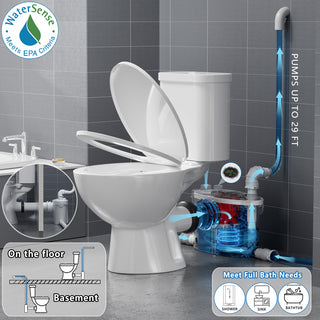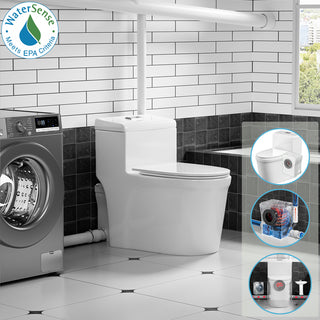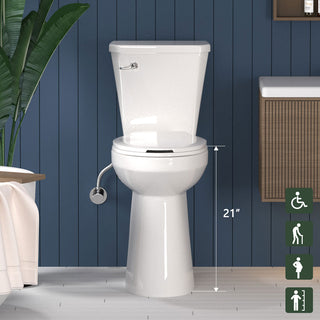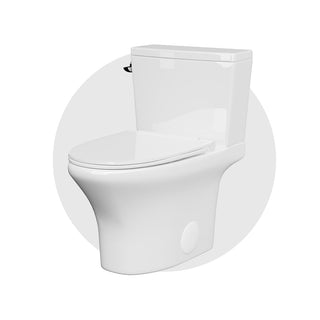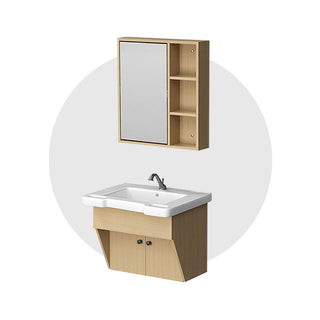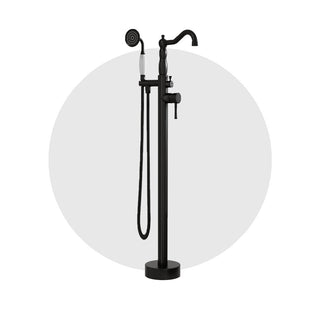Step 1: Prepare the tools you may need to use
- Movable wrenches: used to loosen and tighten bolts.
- Screwdrivers (Flat head and Phillips head): for removing different types of screws.
- Cloth or towel: used to soak up water and clean.
- Sponge or mop: to help soak up residual water in the tank and toilet bowl.
- Bucket: for filling with water or temporarily holding small parts.
- Gloves: to protect hands from dirt and germs.
- Pliers: for clamping and rotating pipe fittings.
- Blade or small saw (as appropriate): for cutting silicone sealant.
- Silicone sealant (optional): to be used when installing a new toilet.
- Note:Ensuring that you have all the tools you need will not only increase your efficiency, but will also ensure that the operation goes smoothly. Remember to wear gloves to keep them clean and protected!
Step 2: Turn off the water supply
- Locate the water supply valve next to the toilet and turn it clockwise to shut off the water supply.
- Ensure that the water supply has been completely shut off.
Step 3: Empty the water in the toilet tank and bowl
- Press the flush button to empty the tank of as much water as possible.
- Open the tank lid and use a sponge or towel to soak up any remaining water in the tank.
- If there is still water in the toilet bowl, use a sponge or towel to soak it up.
Step 4: Disconnect the water supply hose
- Use an adjustable wrench to remove the water supply hose from the fitting at the bottom of the tank.
- Handle with care to avoid breaking the water supply hose.
Step 5: Remove the tank (if the toilet is a two-piece toilet)
- The water tank is usually secured to the toilet base by several bolts. Use a screwdriver or adjustable wrench to loosen these bolts.
- Carefully lift the water tank off the toilet base and place it in a safe location.
Step 6: Remove the toilet bowl base
- Floor drains toilets:
- The toilet base is usually secured to the floor by two bolts. Locate the covers for these bolts and remove them by hand or with a screwdriver.
- Use an adjustable wrench to loosen and remove the bolts.
- Use a razor blade or small saw to cut through the sealant (usually silicone) between the toilet base and the floor.
- Carefully lift the toilet base off the floor, having a cloth or towel ready, as residual water may come out.
- Rear toilet:
- For rear drain toilets, the rear drain connection needs to be handled carefully. It is usually necessary to loosen the screws or clamps connecting the drain and then gently move the toilet base forward to free it from the drain.
Step 7: Deal with the drain
- After removing the toilet, the drain in the floor is usually sealed with a wax ring. Remove the wax ring with a squeegee or other tool.
- Temporarily plug the drain with a towel or cloth to prevent odors and small objects from falling in.
Gently Reminder:
- It is a good idea to wear gloves when removing the toilet to avoid contact with possible bacteria and dirt.
- Handle the removal process with care to avoid damaging the water supply and drain pipes.
- If you plan to replace your toilet with a new one, consider replacing the wax ring and sealant with a new one before the new toilet is installed to ensure a better seal."


